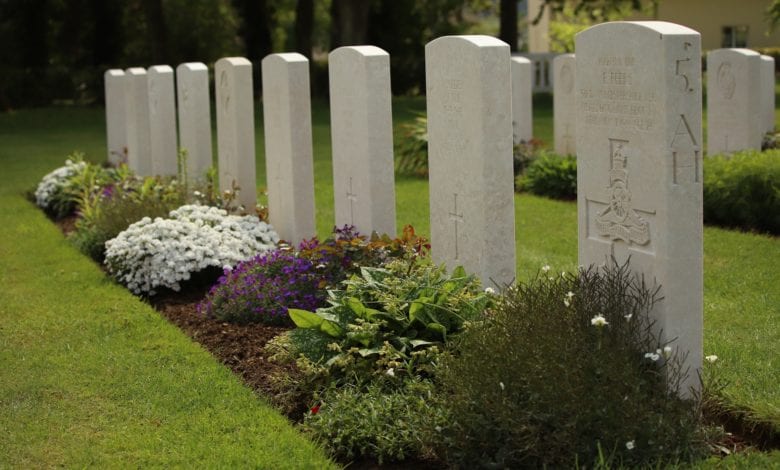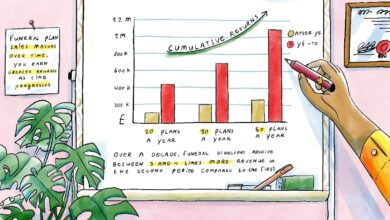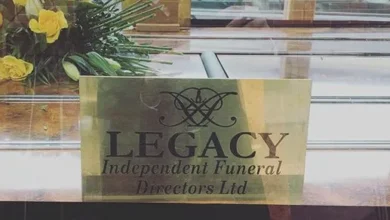Tips
Cemetery burial vs natural burial – what’s the difference?

Though often adorned with trees and flowers, a cemetery is mostly home to rows upon rows of gravestones, which can appear dominating as a growing number of burials continue to take place. Graveyards are owned by local authorities, whereas natural burial grounds are owned privately.You'll need to
subscribe to unlock this content. Already subscribed? Login?







